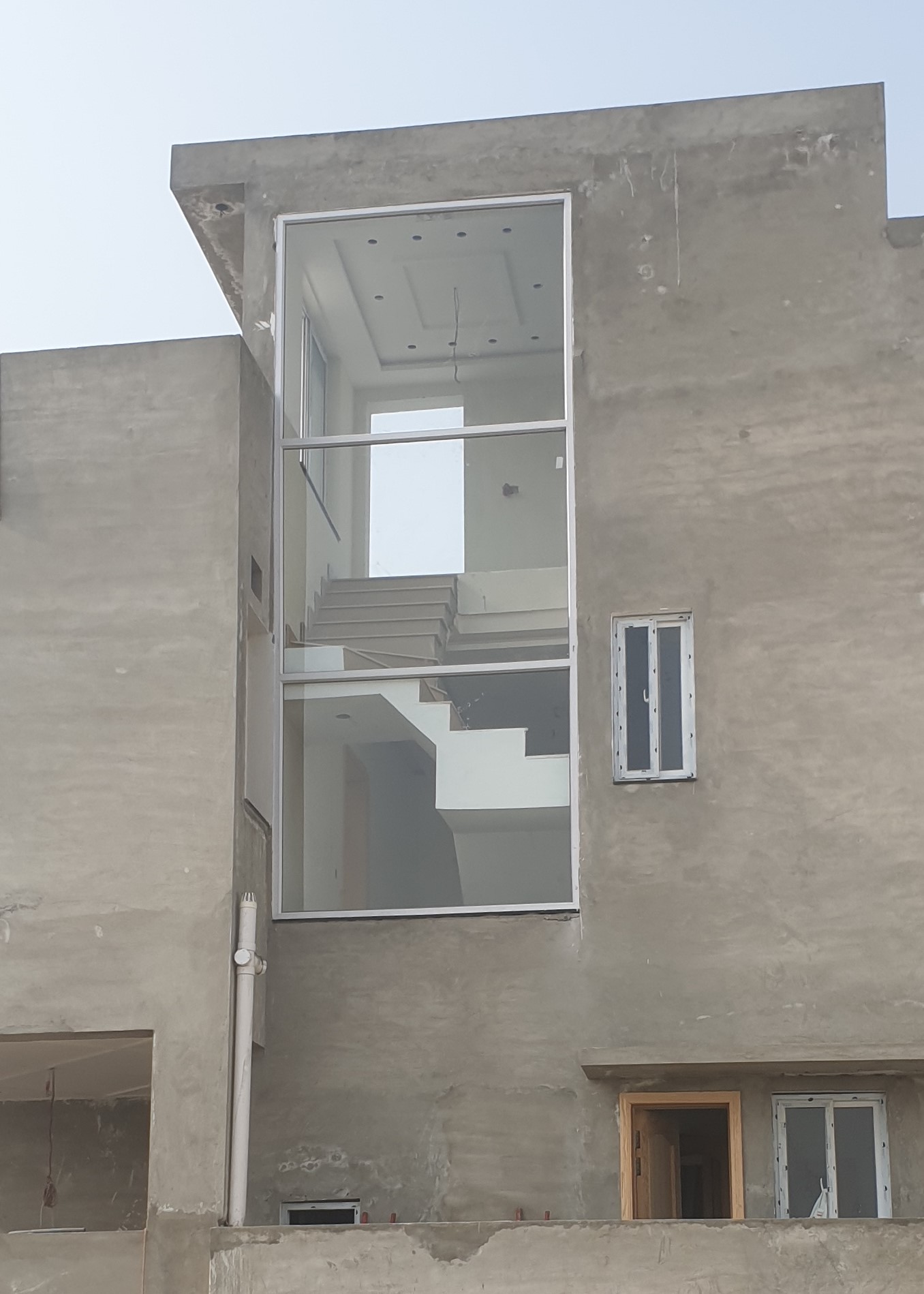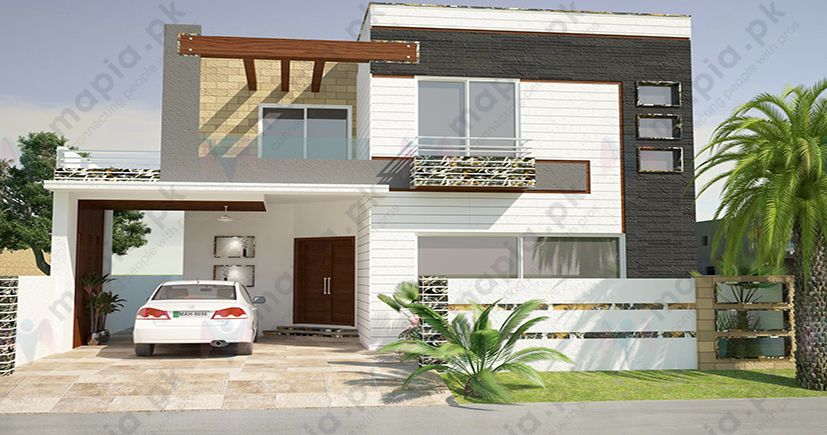Architectural and Engineering Glossary
B
An ASTM test method used as a measure of the consistency of concrete;a metal weight having a hemispherically shaped bottom is placed on the smooth level surface of the concrete, and the depth to which it sinks is measured.
1.Coarse stone,gravel,slag,etc.,used as an underlayer for poured concrete.2.A device used to provide the required starting voltage and operating current for fluorescent,mercury,or other electric-discharge lamps.3.Class P: A ballast for a fluorescent lamp which meets the requirements of the Underwriters’ Laboratories,Inc.;includes an automatic resetting thermal protector to remove the ballast from the circuit if its temperature exceeds a specified value.4.Same as constant wattage ballast.
The ratio of the luminous output of a lamp when operated on a ballast to its luminous output when operated under standardized rating conditions.
A measure of the noise generated by a fluorescent lamp ballast;designated by letters from A (the quietest) through F(the noisiest).
In landscape architecture,a method of preparing a plant or tree for transplantation;the largest part of the root system is covered with a ball of soil and then wrapped in burlap (Hessian) for protection and ease of handling when it is moved to the site where it is to be planted.
A spherical ornament composed of three conventionalized petals enclosing a ball,usually in a hollow molding,popular in the English Decorated style.
Premium Product & Services
Best products and services from our partners
In welding,the formation of globules of molten brazing filler metal or flux as a result of failure to wet adequately the metal being welded. ballium The court of open space within amedieval fortification; a bailey.
A globe or round ball,placed on the top of a pillar,pediment,pier,or the like,which serves as a crown.
A system of framing a wooden building;all vertical structural elements of the exterior bearing walls and partitions consist of single studs which extend the full height of the frame,from the top of the sole- plate to the roof plate;all floor joists are fastened by nails to studs.Compare with braced framing.
A type of loan agreement, whether or not secured by a mortgage,in which the final payment due at maturity is much larger in amount than each of the periodic payments required during the life of the loan.
A large social hall expressly designed for dancing,but frequently used for dining or large meetings.
ofbalneum Roman baths,usually the great public ones.
In ancient Rome,a private bath room.
The lightest of all woods,with density of about 7 to 10 lb per cu ft (110 to 160 kg per cu m);used for the core of light weight sandwich panels,models, etc
1.The band in the middle of the bolster of an Ionic capital.2.The band joining the volutes of an Ionic capital.3.One of the passages dividing the auditorium of ancient Roman theaters and amphitheaters horizontally into upper and lower zones.
1.A column shaped some what like a baluster,with a short, massive shaft.2.A short,thick set column in a subordinate position,as in the windows of early Italian campanili.
Same as baluster column.
On an Ionic capital,the return face (having the form of a concave roll),reaching from volute to volute.
An entire railing system (as along the edge of a balcony) including a top rail and its balusters,and sometimes a bottom rail.
Same as altar rail.
In the architecture of India,a court or courtyard.
1.Any horizontal flat member or molding or group of moldings projecting slightly from a wall plane and usually marking a division in the wall. Also called band molding or band course.
See amyl acetate.
In Spanish architecture and its derivatives,a built-in seat.
A two piece metal clamp,secured by bolts at both ends;used to hold riser pipes.
Same as belt course.
A thin metal strap used as a form tie,a hanger,etc.
A sound reflective construction,usually in the open air,to direct sound from performers on a stage to an audience.
One of a horizontal series of three windows or more,separated only by mullions,that form a horizontal band across the façade of a building;for example,see frieze band window.Most commonly found in buildings erected after 1900.Also called a ribbon window.
A strap,band,ring,or chain placed around a structure to secure and hold its parts together,as around the springing of a dome.
In late neoclassic architecture in England,Italy,and France,an architrave,2 interrupted at intervals by smooth projecting blocks,between which are set the molded portions of the architrave.
A masonry barrel vault whose semicircular cross section is stiffened at regular intervals by arches which project beneath the vault’s surface.
A column with drums that alternate in size,color,or degree of ornamentation.
In medieval architecture,an impost with horizontal moldings,the section of the molding of the arch above being similar to that of the shaft below.
A pilaster decorated in the manner of a banded column.
Courses of masonry,alternating smooth ashlar with rustication,in Renaissance architecture and derivatives.
A surround (i.e., a decorative architectural element around a doorway,fireplace, or window) that is banded,usually by adjacent masonry blocks that are of two different sizes; for example,see Gibbs surround.
1.An annulet.2.A small flat molding.
A decorative representation of a ribbon or long scroll,often bearing an emblem or inscription.
1.Wood edging for veneered doors or panels; normally used at the edge of plywood or coreboard constructions.2.One or more decorative wood strips; decorative inlay.3.Metal,plastic,or fiber straps to tie bundles together. 4.The strapping of the top of a timber pile to prevent its splitting while being driven.
A carpenter’s plane used to cut grooves and to inlay strings and bands in straight and circular work.
Same as bandelet.
A unit to express the volume of bank material.
A safe on the exterior of a building which receives deposits after business hours.
See German Colonial architecture.
Soil or rock in place before excavation or blasting.
1.A measure of the volume of a mass of soil or rock,before excavation,in its natural position.2.The measurement of earth material in situ (i.e., in its original place in the ground).
The number of cubic meters of material in its original place in the ground.
Compared to lake sand, a sand having sharp edges so that when used in plastering it results in a better bond and greater plaster strength. bank yards The number of cubic yards ofmaterial in its original place in the ground.
The bench or table upon which brick layers and stonemasons prepare and shape their material.














